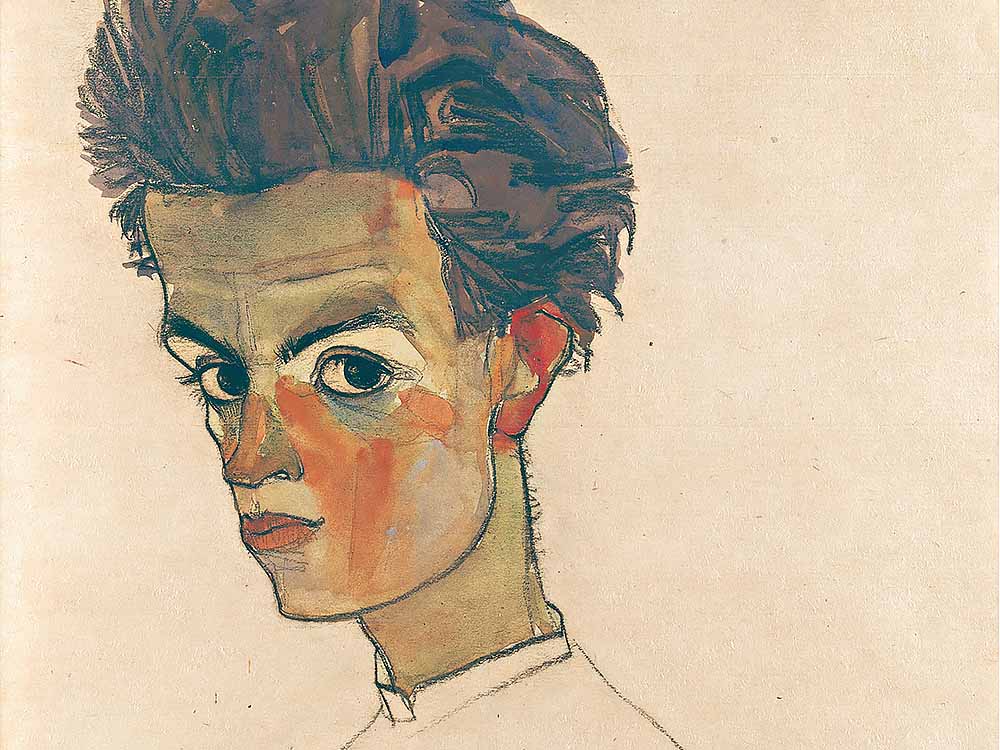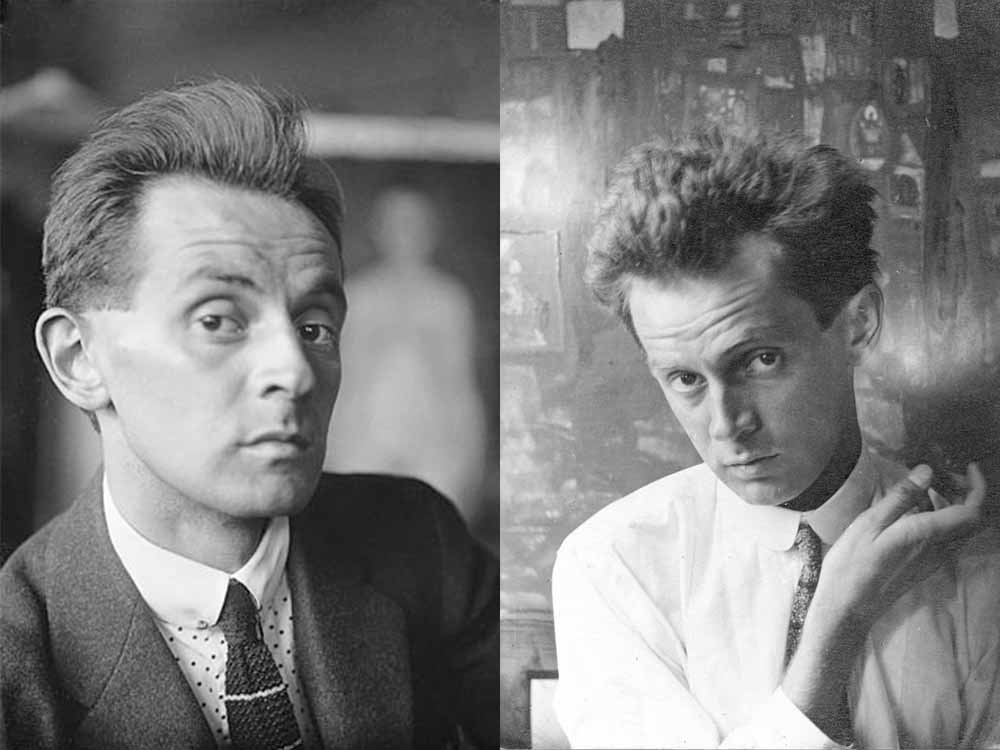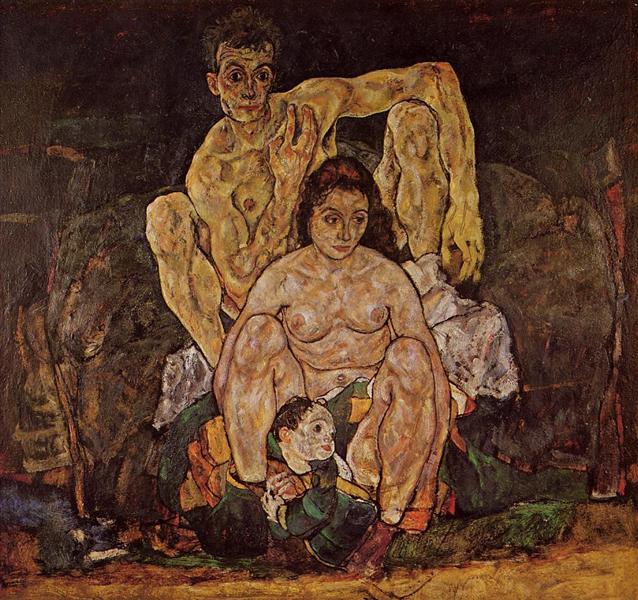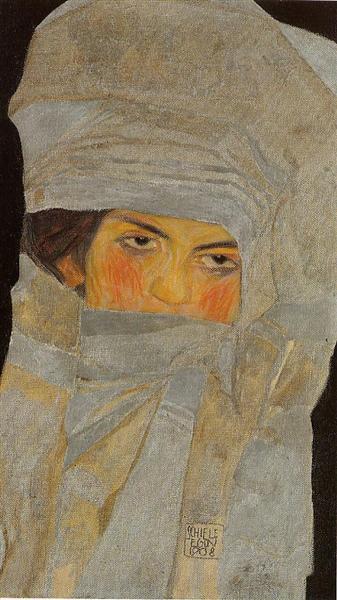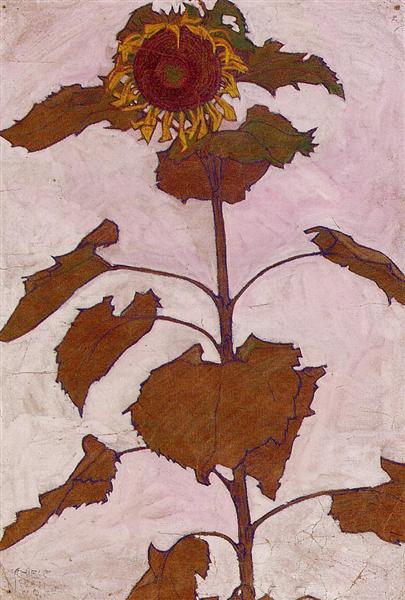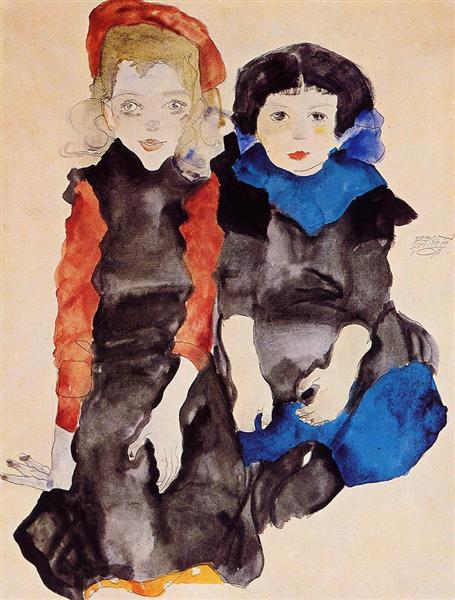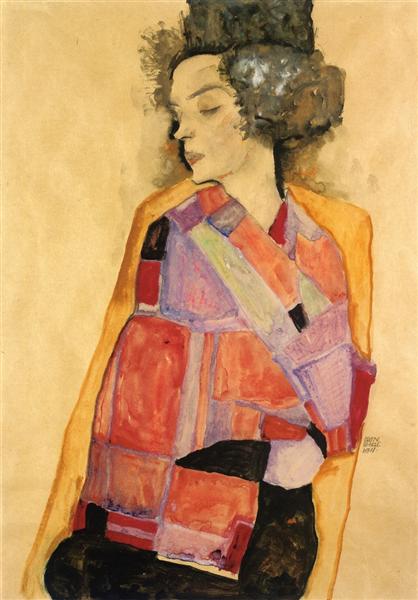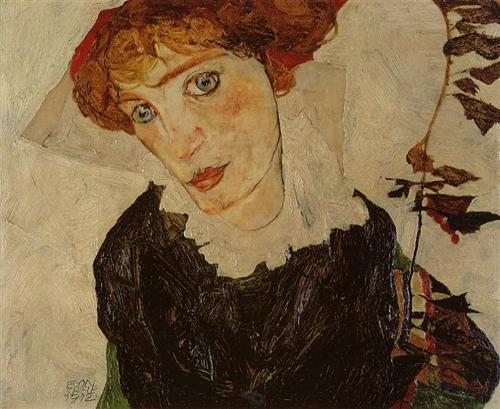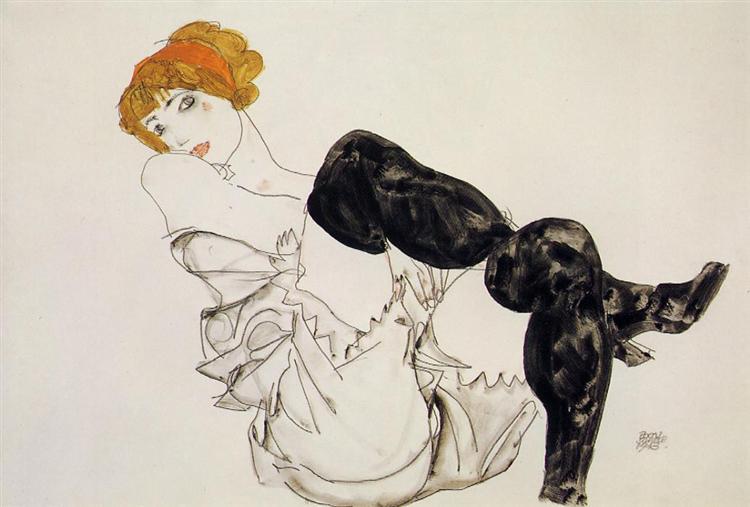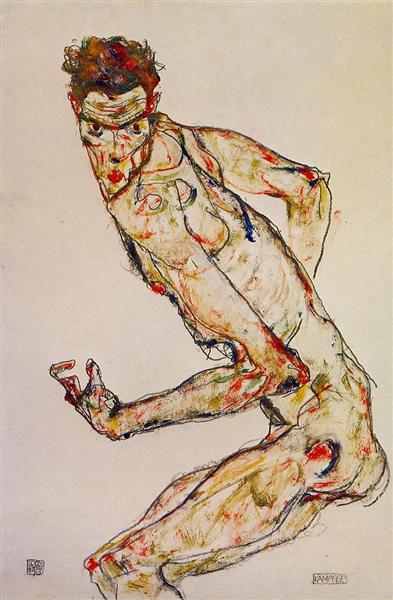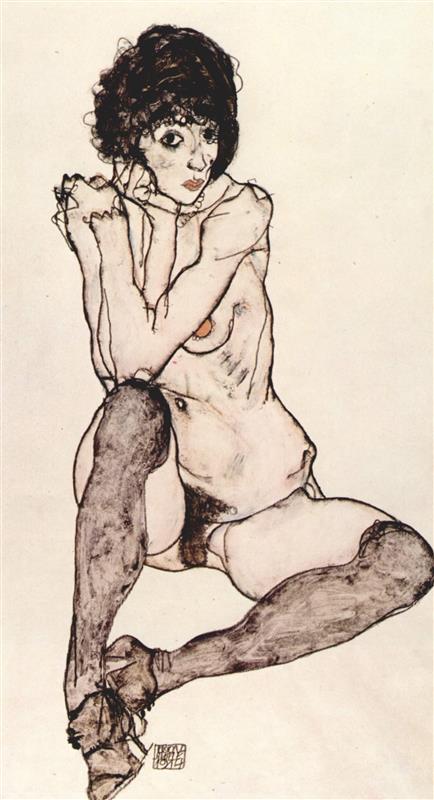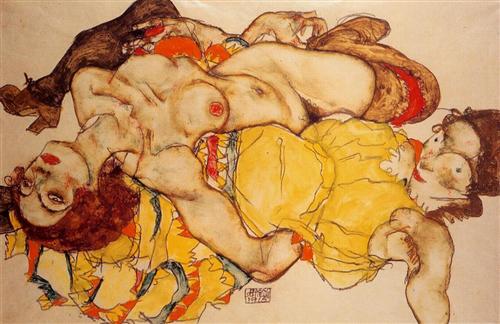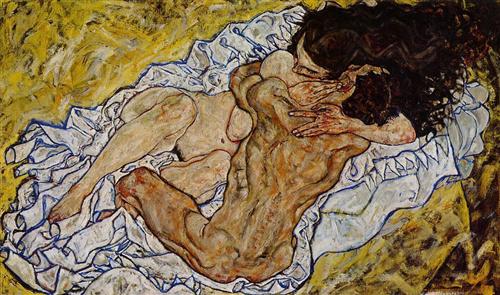Egon Schiele was a groundbreaking Austrian artist and draftsman who left a lasting impression on the art world with his bold, expressive style and controversial subject matter. Though he died at the young age of 28, Schiele’s impact on the realm of art has been enduring, and his work continues to be admired and celebrated to this day.
One of Schiele’s most famous works is his painting “The Family,” which depicts a family of four in a twisted, expressive pose. The painting is notable for its use of color and its emotional intensity, and it has become one of Schiele’s most well-known works.
The Early Years
Born June 12, 1890, in Tulln an der Donau, Austria, Schiele showed an early talent for art, and at the age of 16, he was accepted into the Vienna Academy of Fine Arts. However, Schiele quickly became disillusioned with the Academy’s traditional teaching methods, and he began to explore more experimental styles and techniques on his own, focusing on Expressionism.
Schiele’s early work was heavily influenced by the art nouveau movement, and he was particularly drawn to the sinuous lines and flowing forms of Gustav Klimt, one of the movement’s most well-known figures. However, as Schiele’s style developed, it became increasingly expressive and raw, as he sought to capture his subjects’ emotions and inner turmoil in his paintings and drawings.
“Art cannot be modern. Art is primordially eternal.”
— Egon Schiele
Impact on Art
One of the most distinctive aspects of Schiele’s work is his use of color. While many of his contemporaries favored a more muted, realistic palette, Schiele embraced bold, vibrant hues, often using them in unexpected ways to create a sense of tension and drama.
Schiele’s subject matter was also highly controversial, as he often depicted explicit and intimate scenes, including sexual acts and nude figures. This bold, frank approach to sexuality was considered scandalous at the time, and Schiele’s work was frequently censured and banned.
“To restrict the artist is a crime. It is to murder germinating life.”
— Egon Schiele
Despite the controversy surrounding his work, Schiele’s talent was undeniable, and he gained a devoted following among fellow artists and collectors. In 1911, he had his first solo exhibition in Vienna, and his work was exhibited at the prestigious Salon d’Automne in Paris in 1912.
Impact on Society
Due to the unprecedented, erotic nature of his work — considered obscene for the period — Schiele was briefly imprisoned in 1912 on charges of immorality and exhibiting pornography. Schiele’s work often featured explicit and intimate scenes, including sexual acts and nude figures, which were treated as scandalous and offensive at the time. Schiele was eventually released, but the incident had a lasting impact on his reputation and career.
Schiele remained devoted to his art and continued to create bold, expressive works until his untimely death. His career was cut short by the outbreak of World War I, and he died of the Spanish flu in 1918, at the age of 28. However, his legacy lived on, and his work continued to influence artists and art movements for years to come.
“I do not deny that I have made drawings and watercolors of an erotic nature. But they are always works of art. Are there no artists who have done erotic pictures?”
— Egon Schiele
Lasting Impressions
In the years since Schiele’s death, his work has been exhibited in major museums around the world, and it has been highly sought after by collectors. Today, Schiele is remembered as one of the most innovative and influential artists of the 20th century, and his legacy continues to inspire artists and art lovers around the world.
So next time you’re in a museum and come across a work by Egon Schiele, take a moment to appreciate the bold, expressive style and controversial subject matter that made him a pioneer in the art world. His talent and impact on the art world will never be forgotten.

Looking to explore more art genres? Head over to JoeLatimer.com for a multidisciplinary, visually stunning experience. ☮️❤️🎨
Enjoy this blog? Please help spread the word via:


